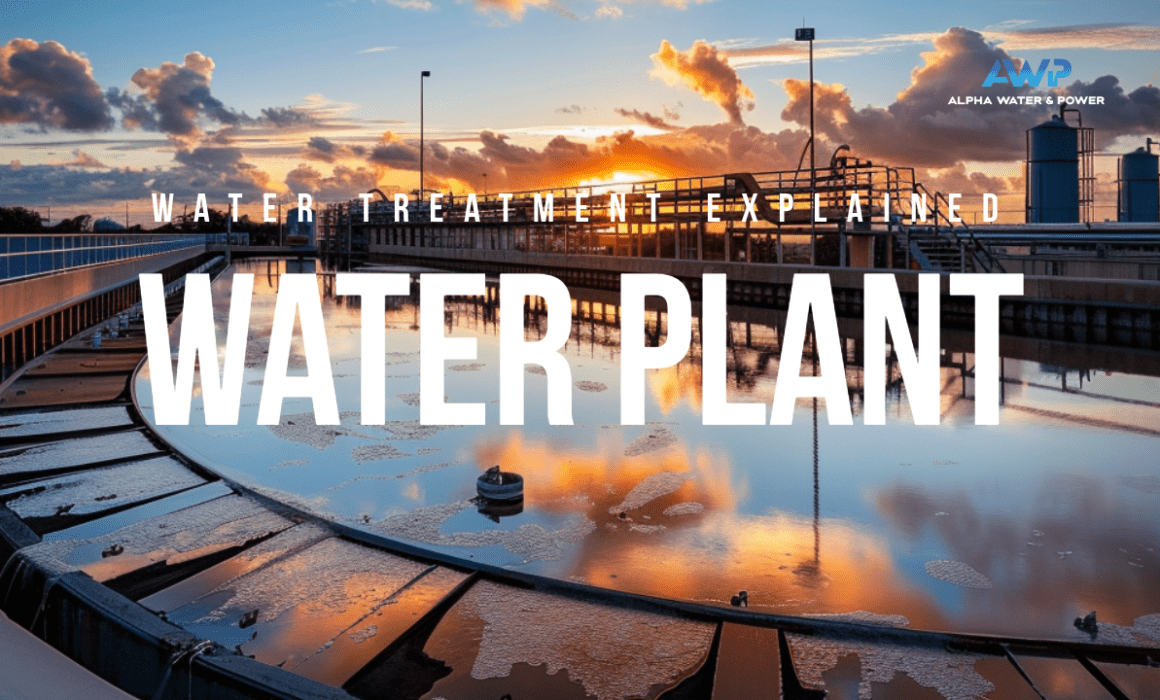Understanding Water Treatment Plants: A Comprehensive Guide
Welcome to a detailed exploration of water treatment plants in the United States, focusing on their essential role, functions, and technologies. Whether you’re a homeowner, business, or simply curious about how water treatment works, this guide provides insightful information tailored to enhance your understanding and appreciation of these vital facilities.
What is a Water Treatment Plant?
A water treatment plant is a facility where water is treated to remove contaminants and impurities, making it safe for human consumption and use. These plants play a crucial role in ensuring public health and environmental sustainability. Here’s what you should know about how they operate:
- Source Water: This is the natural water from rivers, lakes, or underground aquifers, where the treatment process begins.
- Coagulation and Flocculation: Chemicals with a positive charge are added to the water. These chemicals neutralize the negative charge of dirt and other dissolved particles in the water, causing them to bind together into larger particles called flocs.
- Sedimentation: The flocs settle to the bottom of the water supply, due to their weight, and are removed.
- Filtration: The clear water on top passes through filters of varying compositions (sand, gravel, and charcoal) and pore sizes, removing dissolved particles such as dust, parasites, bacteria, viruses, and chemicals.
- Disinfection: After the water has been filtered, a disinfectant (like chlorine or chloramine) may be added to kill any remaining bacteria, viruses, and parasites to protect against germs when it is distributed to homes and businesses.
Benefits of Modern Water Treatment Technologies
Advancements in water treatment technology have significantly enhanced the efficiency and safety of these systems. Here are some of the benefits of modern water treatment technologies:
- Improved Public Health: Reduces the prevalence of waterborne diseases by removing harmful contaminants.
- Environmental Protection: Minimizes the release of pollutants into ecosystems, helping to maintain biodiversity and sustainability.
- Cost Efficiency: Modern technologies have optimized the use of energy and resources, reducing operational costs over time.
Choosing the Right Water Treatment Plant
When considering a water treatment plant for your community or business, it’s important to consider several factors to ensure you select the right technology and capacity. Here are some tips:
- Capacity and Scalability: Choose a plant that not only meets your current demands but also has the potential for future expansion.
- Technology Used: Opt for plants utilizing the latest technologies for more efficient and effective water treatment.
- Compliance and Standards: Ensure the plant meets all local and national water quality standards and regulations.
Conclusion: The Importance of Water Treatment Plants
Water treatment plants are indispensable in providing safe and clean water, crucial for health and well-being. As technology advances, these facilities continue to improve, offering more reliable and efficient service to communities across the United States.
For more detailed information about water treatment technologies contact us today.

